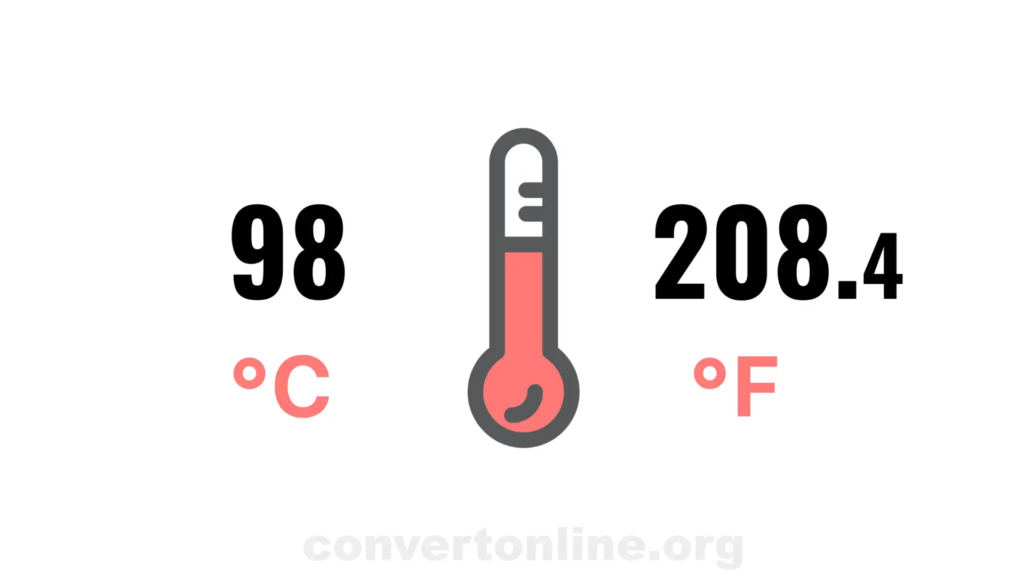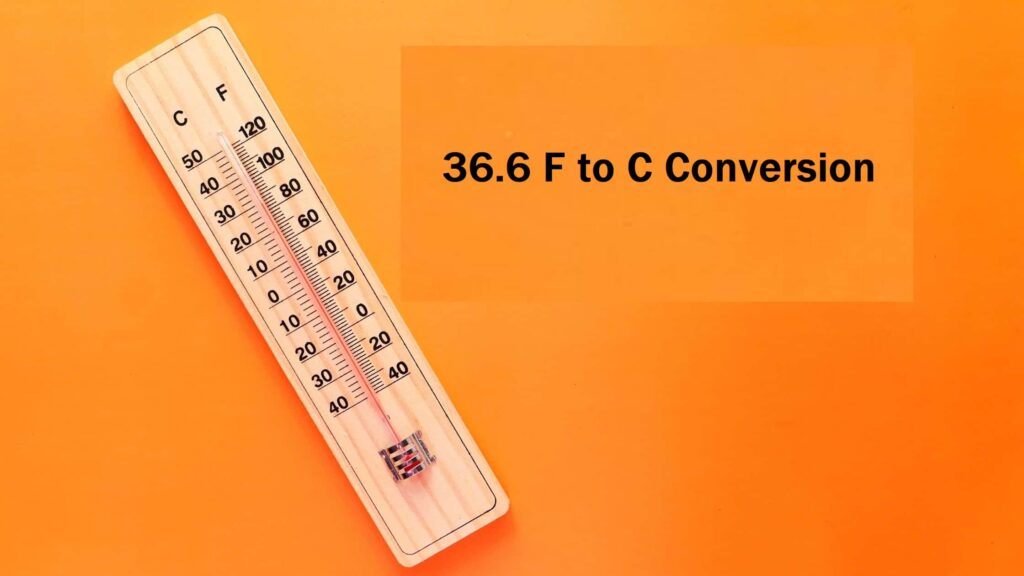Converting Fahrenheit to Celsius can feel tricky, but with the right guide, it’s actually super simple! One common question people have is how to convert 98 degrees Fahrenheit to Celsius. If you’ve ever wondered about this, you’re in the right place. Let’s break it down step by step in an easy and fun way. Whether you’re checking the weather or a recipe, this guide has you covered!
What Is 98 Degrees F in Celsius?
To answer this question directly, 98 degrees Fahrenheit equals 36.67 degrees Celsius. This number is calculated using a standard formula that we’ll dive into shortly. This conversion is essential for anyone living in regions where Celsius is the primary temperature scale.
Why Do We Convert Fahrenheit to Celsius?
The world doesn’t speak the same “temperature language.” While the United States primarily uses Fahrenheit, many other countries like Canada, the UK, and most of Europe rely on Celsius. Converting between these two systems is crucial for understanding global weather, science experiments, or even cooking instructions.
Imagine traveling from Florida to Germany. If you’re used to seeing temperatures in Fahrenheit, the Celsius scale might feel confusing. Conversion bridges this gap, ensuring you’re never left guessing how hot or cold it is.
How to Convert 98°F to °C?
To convert Fahrenheit to Celsius, you don’t need to be a math whiz. It’s all about using the right formula and applying it consistently. Let’s explore the formula, a quick calculator tip, and why this method works so well.

The Formula to Convert Fahrenheit to Celsius
Here’s the formula you need:
°C=(°F−32)×59°C = (°F – 32) \times \frac{5}{9}°C=(°F−32)×95
For 98°F, this looks like:
°C=(98−32)×59°C = (98 – 32) \times \frac{5}{9}°C=(98−32)×95
Breaking it down:
- Subtract 32 from 98:
- 98−32=6698 – 32 = 6698−32=66
- Multiply 66 by 59\frac{5}{9}95:
- 66×0.5556=36.6766 \times 0.5556 = 36.6766×0.5556=36.67
So, 98°F is 36.67°C!
Quick Tip: Use a Calculator
If formulas aren’t your thing, use a calculator or an online conversion tool. Simply enter the Fahrenheit value, and it will instantly give you the Celsius equivalent. This is perfect for those who need quick answers without doing the math themselves.
Why Use This Formula?
This formula isn’t just a random set of numbers. It’s based on the relationship between the Fahrenheit and Celsius scales, which measure temperature differently. Fahrenheit divides the freezing and boiling points of water into 180 intervals, while Celsius uses 100. The formula harmonizes these differences, giving accurate conversions every time.
Where Is Fahrenheit Commonly Used?
Fahrenheit is primarily used in the United States and a few territories like the Bahamas and Belize. It’s the standard for everyday temperature reporting in weather forecasts, ovens, and thermostats.
In contrast, Celsius is the preferred scale in most other parts of the world. Scientists also favor Celsius for experiments because it aligns with the metric system, which is widely used in scientific research.
How Does Celsius Work?
The Celsius scale is straightforward and based on the behavior of water:
- 0°C is the freezing point of water.
- 100°C is the boiling point of water.
This simplicity makes Celsius easy to understand, especially when comparing extreme temperatures. Whether it’s a chilly winter day at five °C or a hot summer afternoon at 35°C, this scale is intuitive and widely used.
Quick Conversion Chart for Common Temperatures
Having a quick reference chart can save you time and effort. Here’s how 98°F and other nearby temperatures translate to Celsius:

Fahrenheit (°F)Celsius (°C)
96°F 35.56°C
97°F 36.11°C
98°F 36.67°C
99°F 37.22°C
100°F 37.78°C
98°F and Other Nearby Temperatures in °C
As shown in the chart, 98°F falls between 36°C and 37°C. This range is significant, especially when discussing body temperature or mild weather conditions.
Why a Chart Is Helpful
A conversion chart makes it easy to glance at temperatures without calculating them every time. It’s particularly useful for:
- Students learn temperature differences.
- Travelers are adjusting to new weather systems.
- Bakers following international recipes.
Perfect for Weather Reports
Weather reports often use Fahrenheit in the U.S. but Celsius elsewhere. Understanding how these temperatures correspond can help you pack appropriately for trips or compare conditions between regions.
How to Remember Fahrenheit vs Celsius Conversions?
Remember, conversions don’tdoesn’t have to be hard! Here are some quick tips:
- 30°C is hot, 20°C is warm, 10°C is cool, and 0°C is freezing.
- Use this rhyme to estimate Celsius values quickly.
- Memorize the formula or write it down somewhere handy.
- Practice by converting everyday temperatures like room temperature (68°F = 20°C) or boiling water (212°F = 100°C).
The more you practice, the easier it becomes!
The Bottom Line
Converting 98 degrees Fahrenheit to Celsius is not only simple but also incredibly useful. Whether you’re preparing for a trip, baking, or simply satisfying your curiosity, knowing how to switch between these temperature scales can make life easier. Now you know that 98°F equals 36.67°C, along with the formula and tips to remember it. Go ahead and impress your friends with your newfound knowledge!


